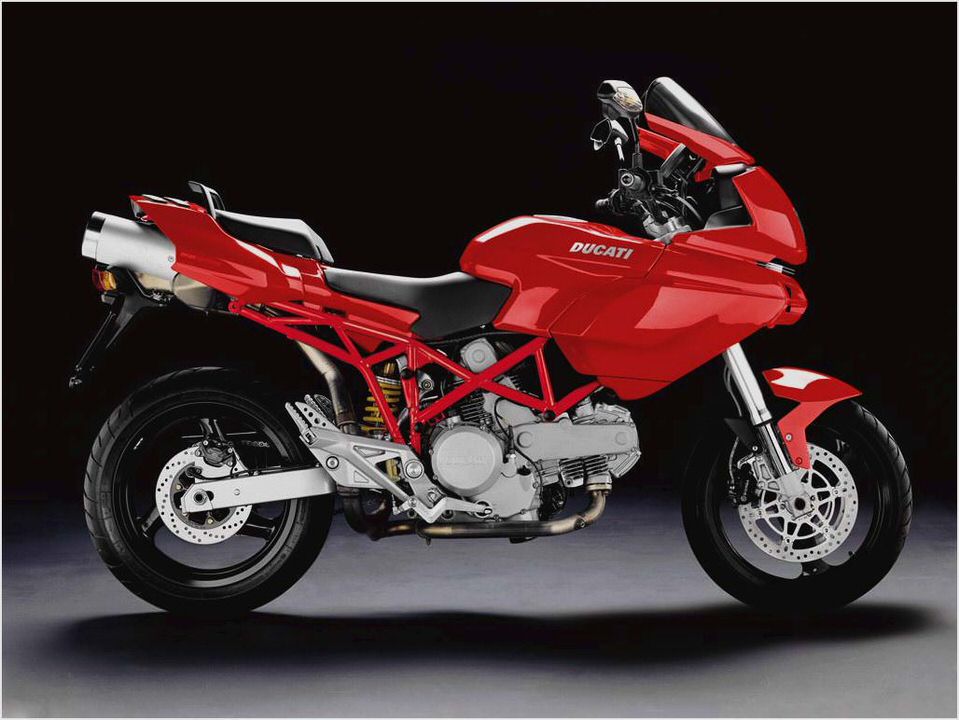
2005 Ducati Multistrada 620 First Ride
Somewhere in Sicily’s twisty mountain switchbacks, surrounded by rain and snow, the newest member of Ducati’s Multistrada family was happily shrugging off the challenging conditions. In fact, I was having a blast on this two-wheeled equivalent of a cute-ute SUV.
In the 24 hours it took to get from my house to Ducati’s hotel in Sicily I had plenty of time to think about this new Italian all-rounder, and I must admit my expectations for the baby Multistrada weren’t very high. Not that Ducati’s many-road concept isn’t a good one; in fact, we controversially named the Multistrada as Best Standard of 2004 in our year-end Best-Of Awards on the strength of its do-anything attitude and gutsy but smooth 992cc engine. But I was worried that the 618cc version might leave the impression of a castrated version of its big brother.
The original Multistrada 1000DS is joined for 2005 by the Ohlins-equipped S version of the 1000 and the smaller-displacement bike you see here, simply called the Multistrada (officially, no 620). As you might imagine, the primary difference between the models is the size of the lump hanging in Ducati’s traditional gorgeous trellis frame that it shares with the 1000. Ducati claims 63 hp at 9500 rpm for the littlest Ducati V-Twin that is mechanically identical to the Monster 620, down almost 30 hp from the 1000DS.
Although the family of Multistradas shares the same frame, Ducati claims the 618cc version scales in 29 pounds lighter than the big one, in large part due to the lighter crankcases in the smaller bike. The MS620 has several other differences from the MS1000s, changing from higher-end components to mid-grade stuff in order to be able to sell the smaller bike for just $7995 compared to the 1000DS that retails at $11,995.
Instead of a fully adjustable Showa or Ohlins fork, the 620 gets by with a non-adjustable Marzocchi piece, though it’s still a beefy, 43mm inverted design. Working the mid-line Sachs shock (that includes preload and rebound-damping adjustability) is a double-sided steel swingarm that replaces the pricey single-sided aluminum unit on the 1000s.
Weighing in at 12.5 pounds, this new swingarm is hydroformed using water pressure to make room on its right side to clear the exhaust routing necessary for the Multistrada’s undertail cans. In addition, the 620’s cat-equipped exhaust doesn’t have the 1000’s ugly pre-silencer goiter ahead of the rear wheel.
The stout chassis of the Multistrada gives its rider a secure feeling when untangling back roads.
All 2005 Multistradas get a reshaped seat that is much more comfortable than the original model’s while still providing plenty of positioning options. Other across-the-model-line changes for ’05 include more useful mirrors, now wider by 1.6 inches, and a more protective windscreen that offers nearly 2 inches of extra height. A 20mm-longer sidestand addresses a complaint that the earlier ‘Stradas leaned over too far when parked.
Newbies and the vertically challenged will appreciate the 620’s seat that has been lowered by nearly an inch (20mm), though at 32.7-inches, it’s still not for everyone. However, the seat’s slim portion near the tank doesn’t obstruct short legs from getting a straight shot at the ground, and the skinny tank gives those with narrow hips a lithe feeling machine between the knees.
The rotationally molded nylon fuel tank itself is worthy of note. The original Multistrada was the first Ducati to use this type material, using complex shapes in the area below the seat to carry a portion of the fuel.
The MS620 continues with an outwardly identical shape, but the 5-liter smaller tank does without the complex venting system of the MS1000, plus the shorter tank leaves space under the passenger seat for a storage compartment, which is convenient because the little Multistrada doesn’t have the handy fairing storage compartment as in the bigger models. Ducati says the range offered by the 15-liter cell is about the same as the thirstier MS1000.
Another concession to price makes itself known when it’s time to fire up the Multistrada bambino. Instead of an auto fast-idle circuit, the 620’s left handlebar has an enrichener lever that needs to be toggled when attempting cold starts. The fuel-injected mill fires up easily and comes to life with the Ducati’s characteristic V-Twin thrum coming from below and out the twin-can tail.
The Multistrada’s wide handlebar and upright riding position were perfect for unwinding Sicily’s mountain switchbacks.
So there I was, flown all the way across the Pacific from California to this storied Italian island, ready to ride Bologna’s newest Duc away from the centuries-old seaside village of Erice. Set at latitude close to the north end of Africa, we were enjoying the warming rays of the morning sunshine. Wait a sec, that last part’s not right.
Actually, the sky was heavily overcast, threatening to dump again like it did before dawn, dampening every patch of pavement within 100 miles. As it turned out, rain would be the least of my precipitation worries.
Ducati’s somewhat finicky dry clutch is famous for its clatter and heavy lever pull, but that’s not an issue here, as in its place is an oil-bathed unit the Italians call the Adler Power Torque Clutch or APTC. This clever clutch requires a much lighter squeeze of the lever, and it has another feature that would present itself a little later on.
But for the moment, the new clutch just made pulling away from our coastal hotel a little bit easier, although its small friction zone located at the end of its travel could be more beginner-friendly. A superbly tractable motor compensates for this minor hitch. This little Twin will pull cleanly from below 2000 rpm, giving the Pirelli Diablo tires a relatively confident grip on Sicily’s rain-slickened roads, then gladly spin up the revs with a Duc’s famous intake honk and warm exhaust growl.
The tall seating position of the Multistrada gave me a good vantage point from which to survey the rural Italian landscape as we carved our way out of town and into the surrounding hills near part of the historic Targa Florio road course. Its pegs are more rear-set than I recalled, but there’s legroom enough for all-day hauls. The MS’s tubular handlebar encourages an elbows-out riding stance that puts the pilot in control as puddles are dodged and hairpin turns are straightened.
With a fresh storm rolling in off the coast, we high-tailed it up and over the mountain pass.
As the road climbed ever higher and the air got thinner, I was grateful for the taller windscreen that prevented the increasingly biting elements from finding their way down my jacket. With knees tucked in tightly against the narrow fuel tank, it’s mostly just a rider’s feet that are hit by the full brunt of the wind. Handguards would be a nice addition, especially in the uncharacteristically cold weather I was experiencing in Sicily.
Tight, 180-degree switchbacks greeted us on our ascent, making me thankful for that wide, leverage-inducing handlebar and its sportbike-like 24-degree rake angle that let me tip in to the corners with alacrity. Once the 402-lb (claimed, dry) Multistrada was leaned over, a sport-touring-ish wheelbase of 57.4 inches lends some stability to the program.
Arriving a few switchbacks later was a new obstacle for the little Duc: snow! Cars descending the mountain had several inches of the white stuff clinging to their roofs, and the ground surrounding the road was blanketed with a satiny white hue. Mercifully, we made our way back down the mountain before precipitation recommenced, something a later group of journalists who got stranded up on the pass could’ve only wished for!
Coming down from the peak gave ample opportunity to test the Multistrada’s brakes. The standard $7995 MS620 features dual 300mm rotors and run-of-the-mill 2-piston Brembo calipers (Ducati’s matte black Dark version that retails for $500 less utilizes a single 320mm disc and a 4-piston caliper). The binders offer an exceptionally firm lever, aided no doubt by braided-steel brake lines, and they supplied power more than adequate for their humble specifications.
Adjustable brake and clutch levers would be a welcome addition for small hands.
If you look carefully, you can see how cold temperatures and a damp road conspired to cause a front-wheel slide. A rider-friendly chassis helped gather it up without much drama.
When it’s time to brake, it’s also usually time for a downshift, and here Ducati’s APTC clutch again makes itself noticed. You see, the other benefit of this new clutch design-also seen on the new Monster 620 and Monster S2R-is that it operates as a slipper clutch, limiting engine braking through the rear wheel so that even a mismatched downshift won’t cause the back end to get squirrelly. This makes any downshift less fraught with potential grief, and it particularly was a godsend on the greasy pavement we rode on for part of our ride.

Reapplication of the Multistrada’s throttle proves to be quite smooth, making transitions back into the power more user-friendly. Although the 620 can’t hope to run with its big brothers, its tractable powerband has a satisfying, linear pull that doesn’t feel short of grunt, aided by lower gearing that sees six additional teeth on its rear sprocket.
Ducati claims a peak torque figure of 41 lb-ft at 6750 rpm, giving the modest Multi nearly as much twist as a 600 supersport, and it happily revs out past its 8000-rpm horsepower peak to yield an expansive if not thrilling powerband. This bike will give the more powerful Suzuki DL650 V-Strom a run for its money in the twisties, even if its somewhat recalcitrant gearbox has long-travel throws that can occasionally distract.
The Multistrada’s price-conscious suspension actually performs better than expected. With 4.8 inches of travel at the rear and a generous 5.7 inches up front, the Sachs/Marzocchi combination does a good job at erasing pavement irregularities. Its only downfall is over sharp-edged bumps where the front end can be a bit harsh.
A switch from the 620’s 60-series front tire to the taller 70-series rubber as on the 1000’s might help.
In Sicily’s mountains, corners come one after another, and the Multistrada happily devoured them all.
Luca Evangelisti, Ducati’s project engineer for the Multistrada family, told me over dinner that he wanted the 60-series rubber for its greater nimbleness, and the MS1000’s Pirelli Synchs are not manufactured in this size. It was this quest for an easy-handling bike that also led Evangelisti to fit a somewhat skinny 160/60-17 rear tire, as narrower rubber provides less resistance when bending into a corner.
Back on the road into town, I was crouched down behind the diminutive but effective windscreen again as rain once more spat at me, much like our readers do when they hear us moan about having too many bikes to test or have to take long flights to some far-flung and exotic locale. I was nearing the end of my ride, happy to know what time it was thanks to the bike’s handy clock, but not knowing how much fuel was left in the tank because this new Multistrada doesn’t have the fuel gauge or trip computer of the 1000’s similar-looking instruments. Saddlebags, in 28-liter or 34-liter capacities, are an $875 option and can really enhance the bike’s versatility.
As I was saying near the top of this article, I was expecting the MS620 to be a thoroughly neutered version of a bike that I held in high regard. What I found instead was a willing and user-friendly package that combines good measures of both sport and comfort, all wrapped up with a distinctively stylish European flair to yield a machine that is greater than the sum of its parts.
The Multistrada is a new generation of sportbikes, said Lorenzo Taxis, Ducati’s Marketing Director Product, at the bike’s introduction. And the new Multistrada is another entry-level step into the world of Ducati.
Hi, the name’s Danger. Duke Danger. I get paid to travel the world and thrash motorcycles I don’t own. Hate me if you must.
The Monster 620 has been the most an affordable way to get into the Ducati experience, starting at $6595 for the Dark version and $6995 for one with color. Has it worked for the Italians? You bet!
The 620 Monster is Ducati’s best-selling model in the U.S. and worldwide.
The 620 Multistrada comes in at a $1000 premium over the same-size Monster 620, thanks to the addition of its fairing and its pricier-to-build fuel tank and exhaust system. There’s little doubt this bike will be a big hit in Europe, a region in which riders utilize motorcycles as daily tools as much as a weekend hobby. But we wonder how this oddball Duc will play in Peoria, a land where first-timers often head for the fastest bike in the showroom.
Well, if you’re one of those riders who value a smart combination of function and form and want to do it at a reasonable price, and believe a 120-mph bike is fast enough, the Multistrada 620 offers most of the attributes that made the MS1000 MCUSA’s pick for Best Standard of 2005. It all comes with a two-year warrantee and retails for $4000 less than its more powerful stable mate, making it an Italian bike bargain.
Share your thoughts on the ’05 Ducati Multistrada 620 in the MCUSA Forum. Click Here
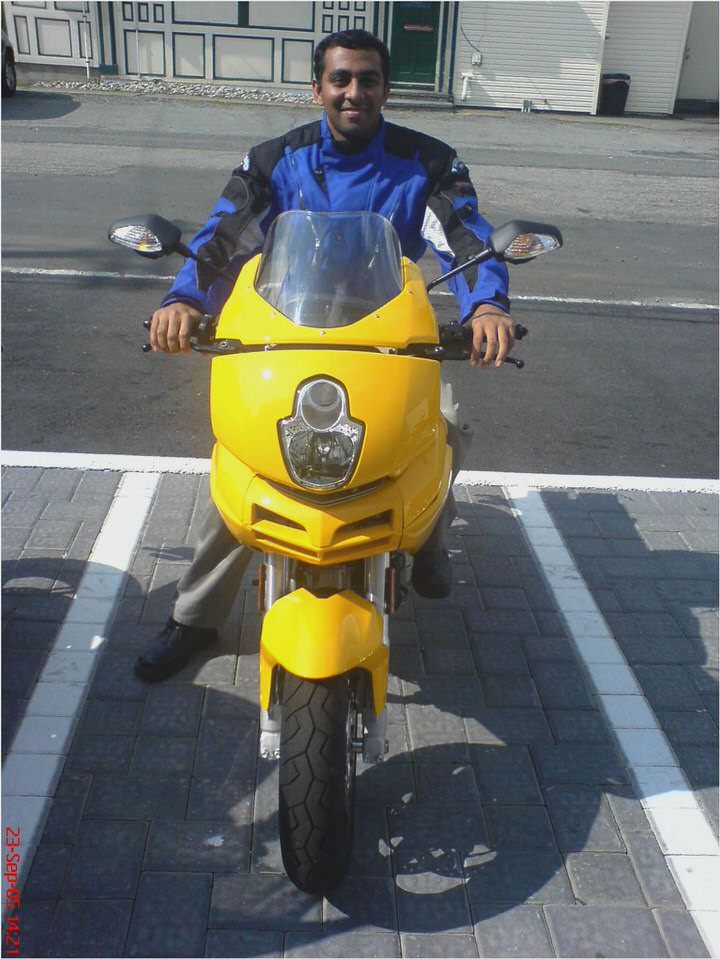
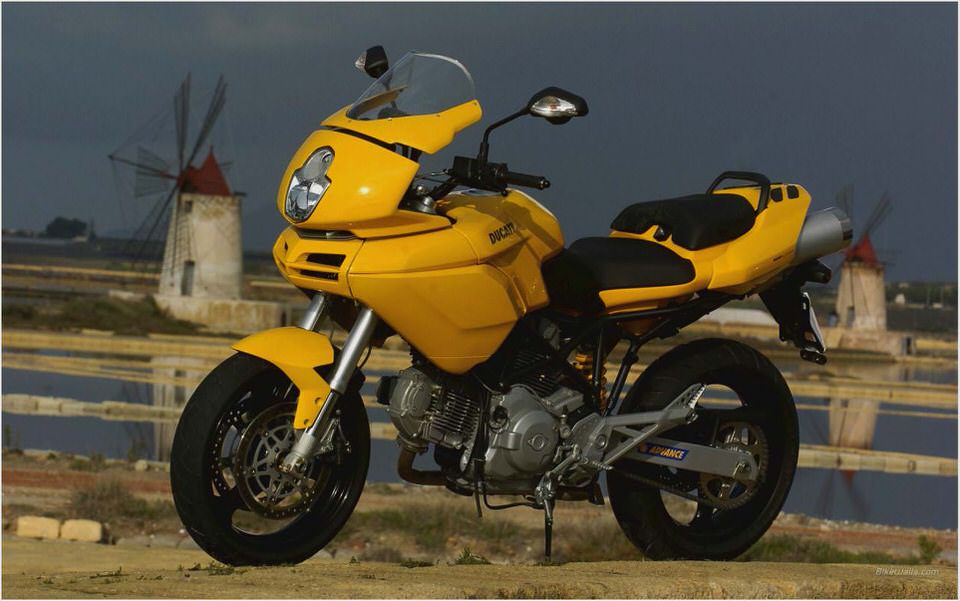
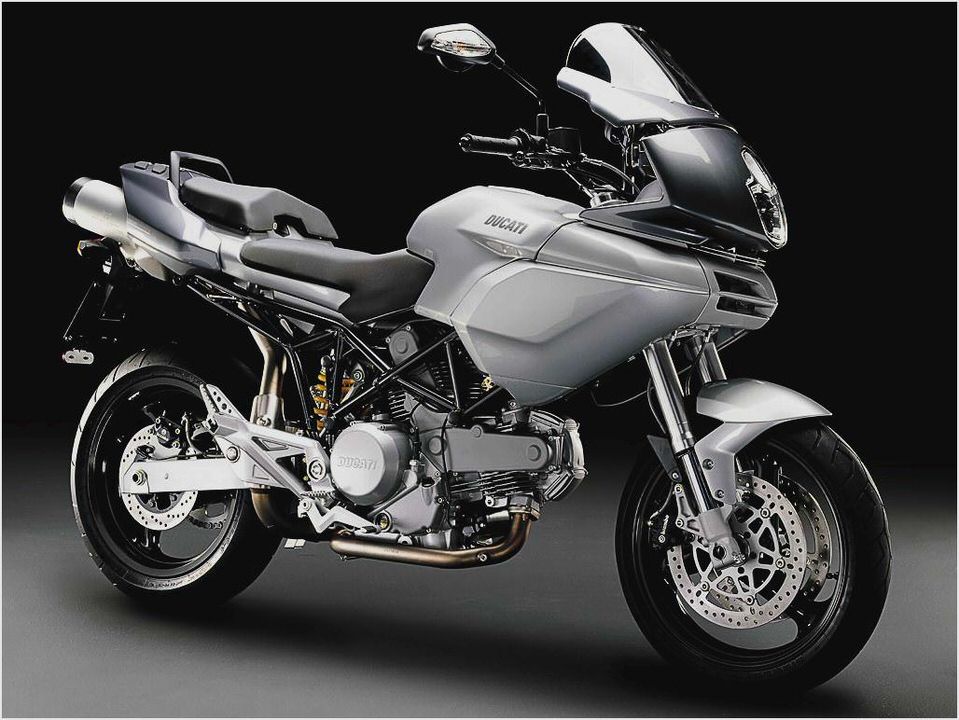
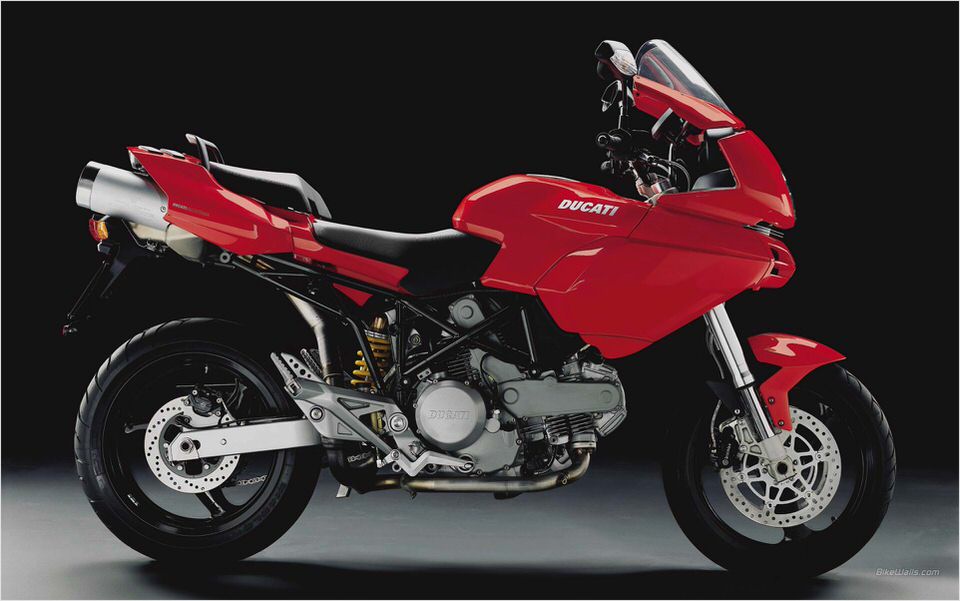

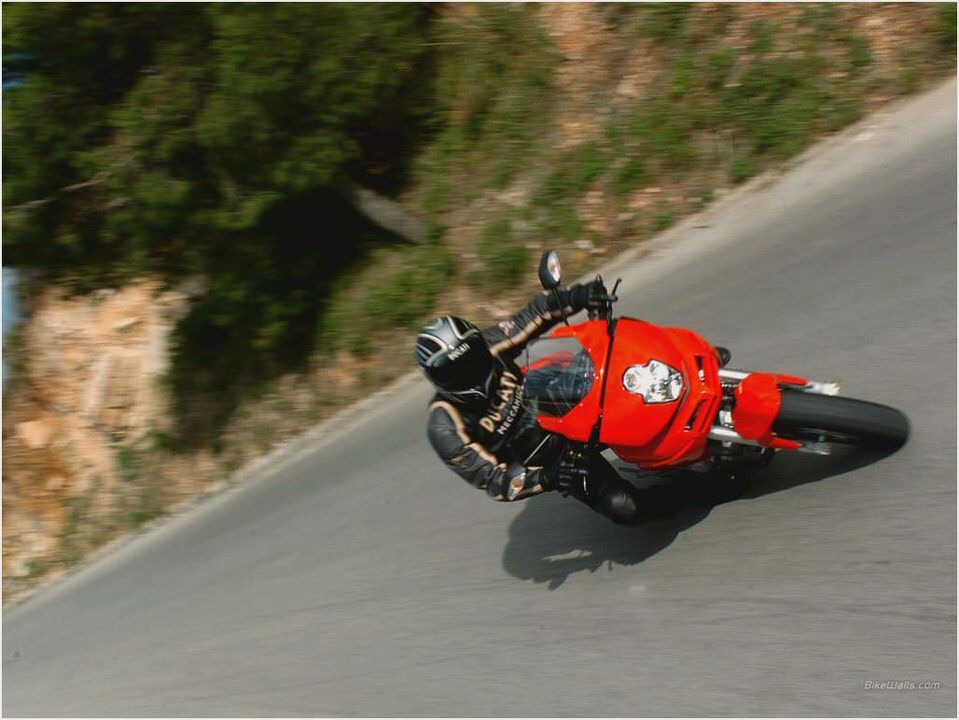
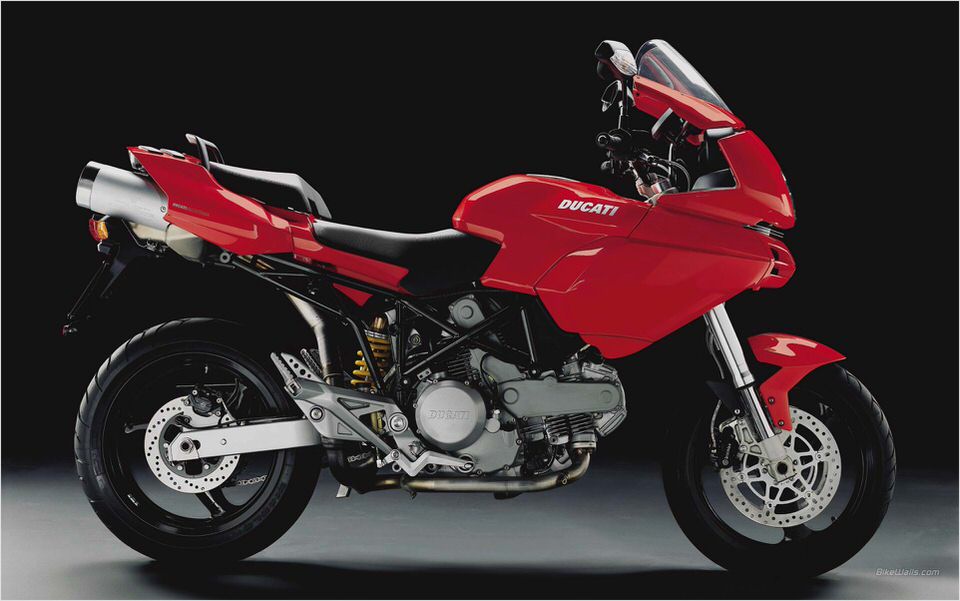
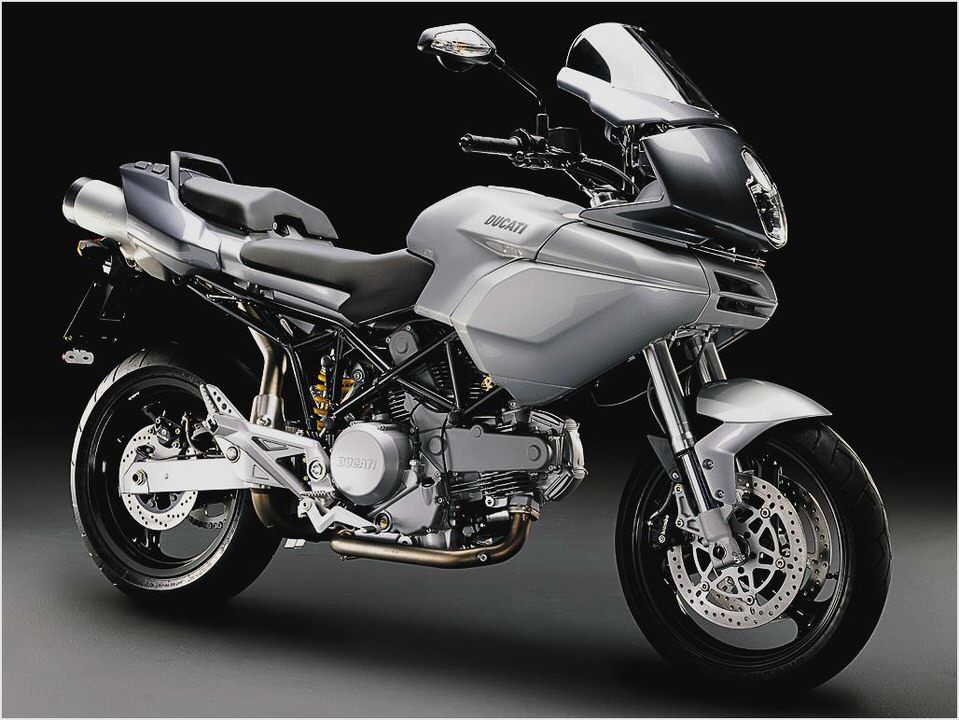
- 2009 Ducati Monster 696 First Ride- Ducati Monster 696 Test Reviews
- Soup :: Test of 2000 Ducati 996
- Ducati 500 gtl – Ducati.ms – The Ultimate Ducati Forum
- OT–Report: Jim Harbaugh’s ‘act has worn thin’ in 49ers locker room
- Ducati 851 Strada-Ducati

